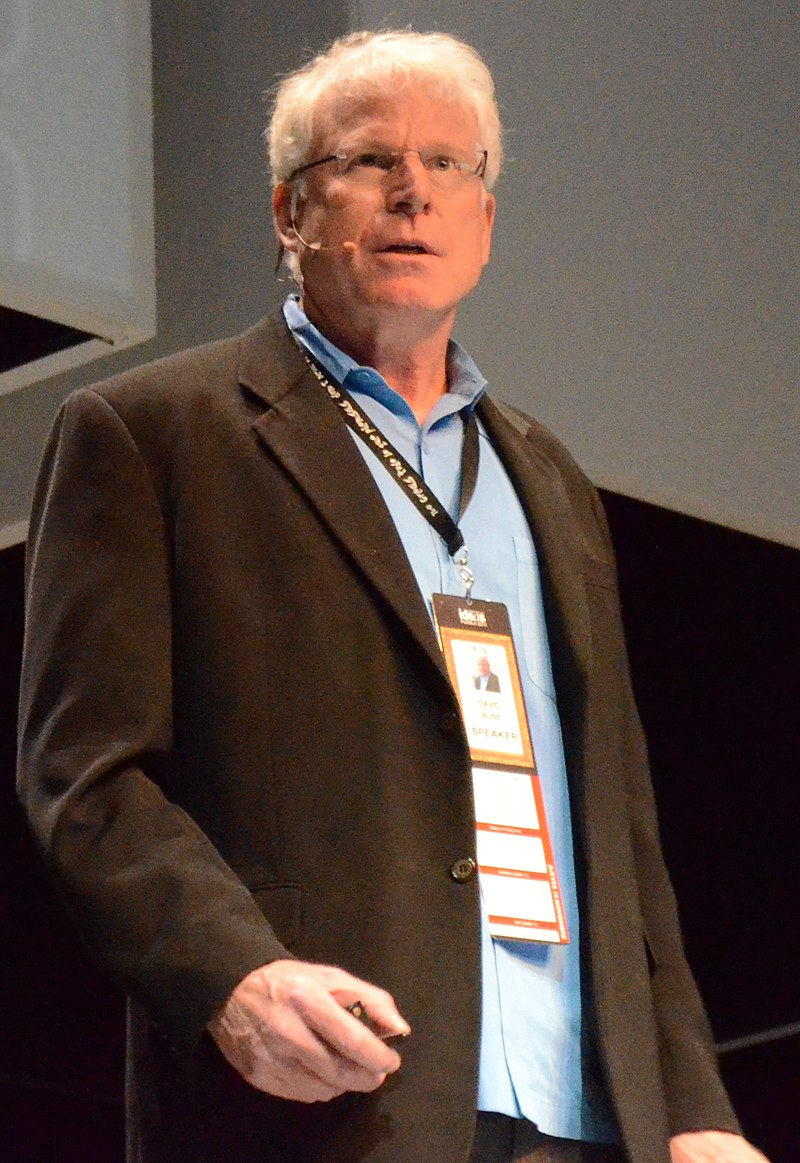We cling to belief in a Rousseau-esque fantasy that the past was a Golden Age of environmentalism, when people lived in harmony with Nature. In reality, human societies, including those of stone-age farmers and possibly of hunter-gatherers as well, have been undermining their own subsistence by exterminating species and damaging environments for thousands of years. We differ from our supposedly conservationist forebears only in our greater numbers, more potent technology for inflicting damage, and access to written histories from which we refuse to learn.
Shelling Out: The Origins of Money
…many kinds of wealth transfers – one-way and mutual, voluntary and coerced – face transaction costs. In voluntary trades both parties gain; a truly free gift is usually an act of kin altruism. These transactions create value for one or both parties as much as the physical act of making something. Tribute benefits the victor and a judgment of damages can prevent further violence as well as benefiting the victim. Inheritance made humans the first animals to pass wealth to their next-generation kin. These heirlooms could in turn be used as collateral or payment in trade for goods, for food to stave off starvation, or to pay a marriage bride price. Whether the costs of making these transfers – transaction costs – are low enough to make the transfers worthwhile is another matter. Collectibles were crucial in making these kinds of transactions possible for the first time. Continue reading “Shelling Out: The Origins of Money”
Small Worlds
One day during the winter of 1998, mathematicians Duncan Watts and Steve Strogatz of Cornell University in Ithaca, New York, sat down at a table in Strogatz’s office and drew a series of dots on a piece of paper. They then connected some of the dots together with lines to produce a simple pattern that mathematicians refer to as a graph. This may not sound like serious mathematics; it certainly does not sound like a profitable way to go about making discoveries. But as the two mathematicians were soon to learn, they had connected their dots in a peculiar way that no mathematician had ever envisioned. In so doing, they had stumbled over a graph of an unprecedented and fascinating kind.

Minding the Gap in Sexual Perceptions and Mating Emotions
One foundation for bridging the chasm is recognizing that the gulf or gap between men’s and women’s sexual psychology is real. We have explored many psychological sex differences throughout this book, such as in the desire for sexual variety, inclinations for impersonal sex, the misperception of sexual interest, upset about different forms of sexual deception, and the use of violence as a means to sexual ends. Although women and men share many elements of their mating psychology, including the capacity for love, attachment, and commitment, failure to recognize the differences is a key impediment to reducing conflict.
Is Bias Always Bad?
 How should cognitive mechanisms in general go about producing sound beliefs? Part of the answer, it seems, is that they should be free of bias. Biases have a bad press, in part because a common definition is “inclination or prejudice for or against one person or group, especially in a way considered to be unfair.” However, psychologists often use the term in a different manner, to mean a systematic tendency to commit some specific kind of mistakes. These mistakes need not have any moral, social, or political overtones.
How should cognitive mechanisms in general go about producing sound beliefs? Part of the answer, it seems, is that they should be free of bias. Biases have a bad press, in part because a common definition is “inclination or prejudice for or against one person or group, especially in a way considered to be unfair.” However, psychologists often use the term in a different manner, to mean a systematic tendency to commit some specific kind of mistakes. These mistakes need not have any moral, social, or political overtones.


